Get Visual with learners: targeted content for your classroom
Memorable Vocabulary, Enhanced Note Taking, Increased Comprehension

Turn vocabulary into hands-on discovery and sharing. See how students build meaning by making pictures, and how sharing and discussing word-images makes words meaning stick. Then we’ll grow the strategy to see how students can anchor reading using visual notes to build comprehension and anchor discussion.
The format to the right turns the language tangle of idioms into concrete images that make meaning stick.
Writing and Revision Made Easier
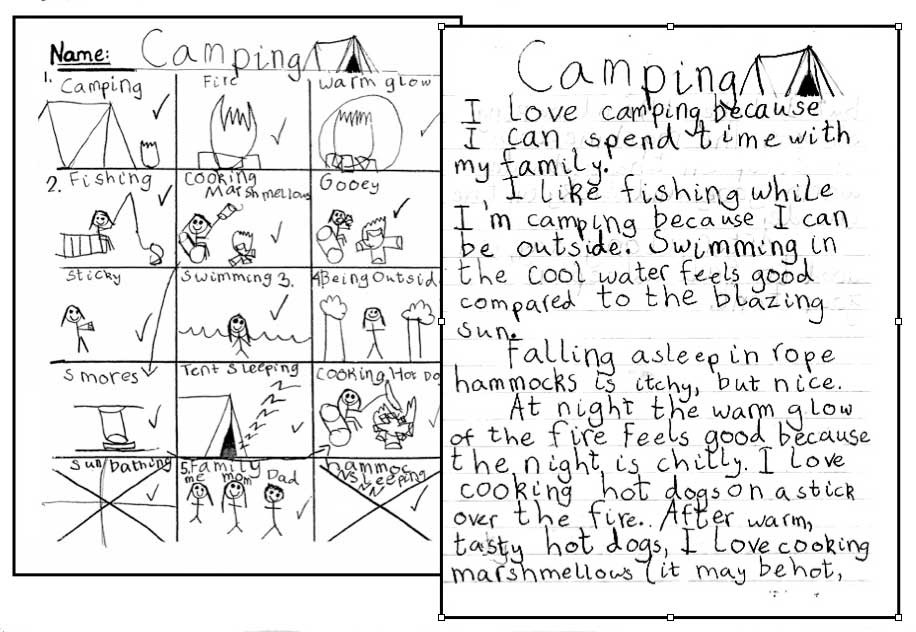
Let students show you how a lively visual verbal writing process engages reluctant writers and builds writing community by connecting writers with their audience.
See how drawing, long been used in Writing Workshop as pre-writing tool can make brainstorming, drafting and revision more exciting and meaningful. The visual are shared in groups, connecting writer and audience in an exciting conferencing that makes revision easier and more meaningful.
Hands On Math Visualization
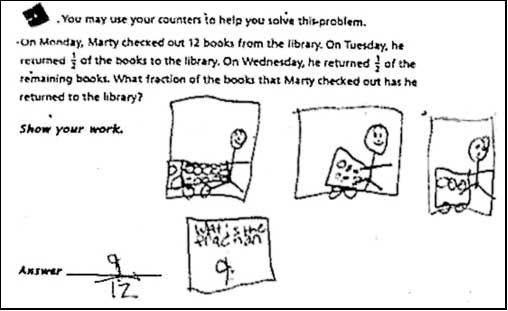
Boost math test scores and build essential math visualization skills. Visual manipulatives help young learners grasp math concepts — now see how students use hands-on drawing to get a big jump in success solving story problems. Explore practical visual strategies that anchor arithmetic logic, make fractions easier, and make algebra more concrete and easier to grasp.
Amplify Reading Comprehension
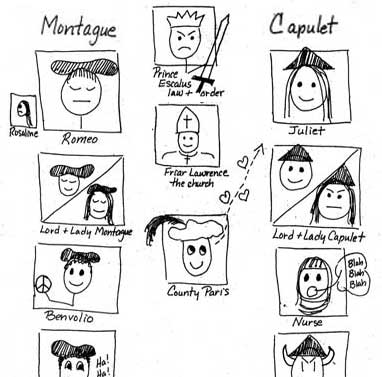
Explore the ways students use hands-on drawing and visual mapping to illuminate their reading and to help them deepen their writing. See how visual mapping of plot amplifies students’ comprehension and how visuals help focus discussion making ideas like theme and character development more concrete. Finally see how visuals aid students in writing responses, making their journal entries and essays more meaningful.
Science Visual Integration
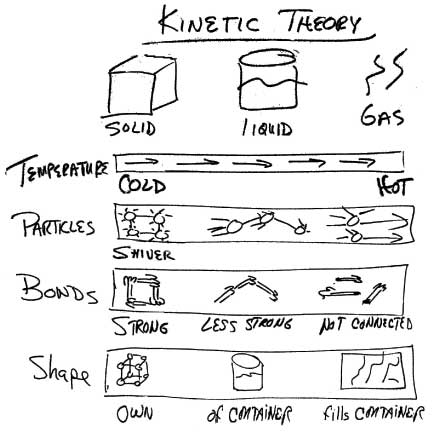
See how students’ build hands-on visuals to anchor difficult content. We’ll explore the ways simple pictures can make ideas easier to grasp — and offer integration of complex ideas. We’ll see how visual diagrams in kindergarten build basic skills and how same concrete tools support labs in advanced placement physics. We’ll see how visual tools make your classroom more inclusive, pulling in different learners. As a middle school teacher said, “SEEING how visuals support all of my students was a EUREKA moment!”
Low Tech Tools — High Tech Results
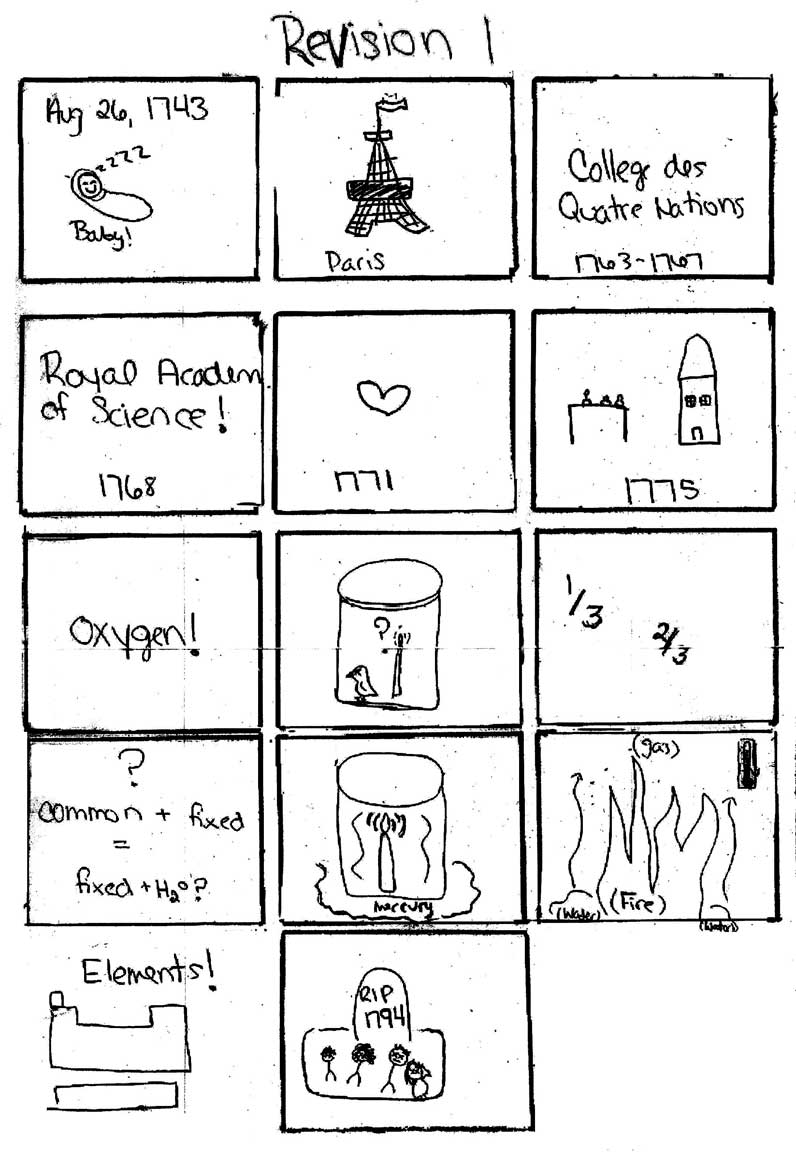
See how low-tech visual tools are the natural bridge to 21st century literacy skills. We’ll see how students’ use interactive storyboards to draft PowerPoint slides, and how they share and revise before they go digital. We’ll see how low-tech drafts focus computer time producing more effective digital results.
Of course digital programing is now built using visual tools, so getting visual with learners is preparing them for the digital world.
Residencies
Get hands-on visual with your students. Let them show you what’s possible when we tap their visual learning skills. Contact Roger help you design workshops targeted to meet your learners needs.
Residencies can be designed to introduce students (and teachers) to the power of visual tools in any content area, from boosting reading comprehension, to helping learners solve math story problems. All the strategies shown here have been road-tested and refined in many classrooms — and taken together they suggest the integrating power of visual tools across the curriculum.
Note: last but not least is how low-tech visual tools build high-tech digital skills. Let Roger show you how to make Smartboards smarter — and truly interactive.
